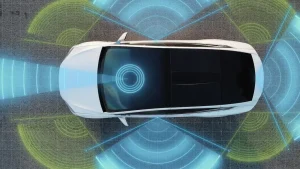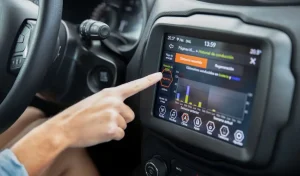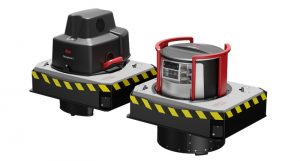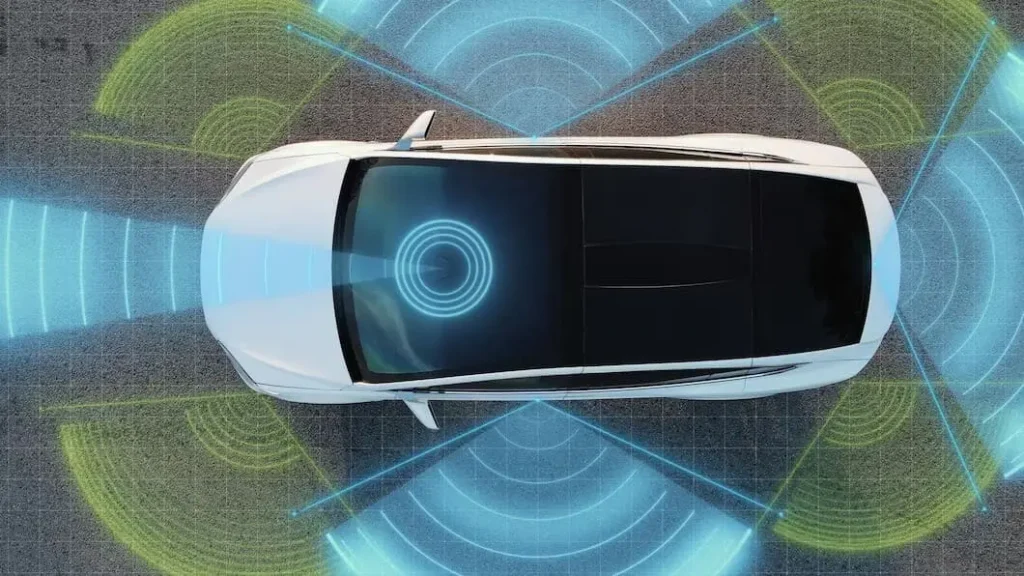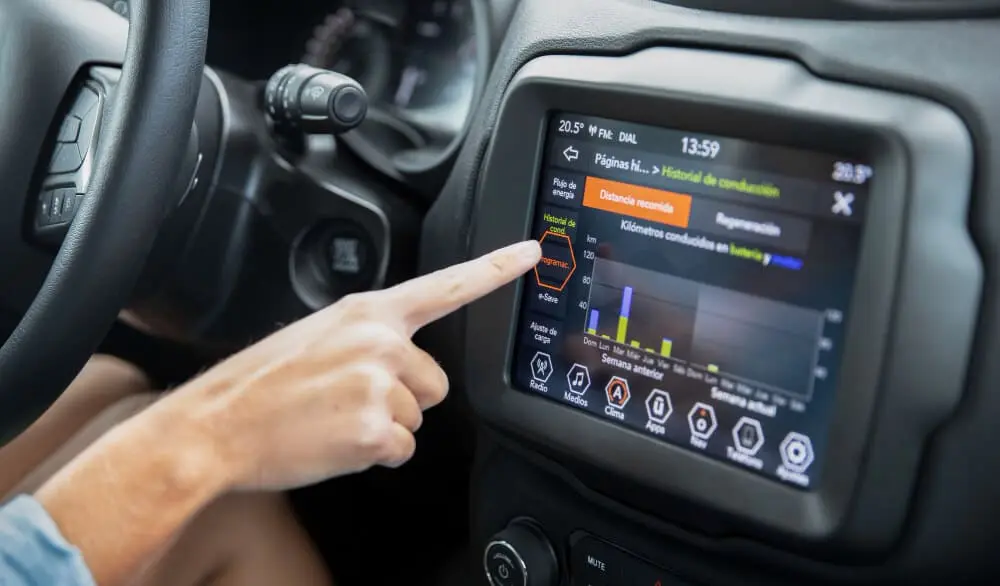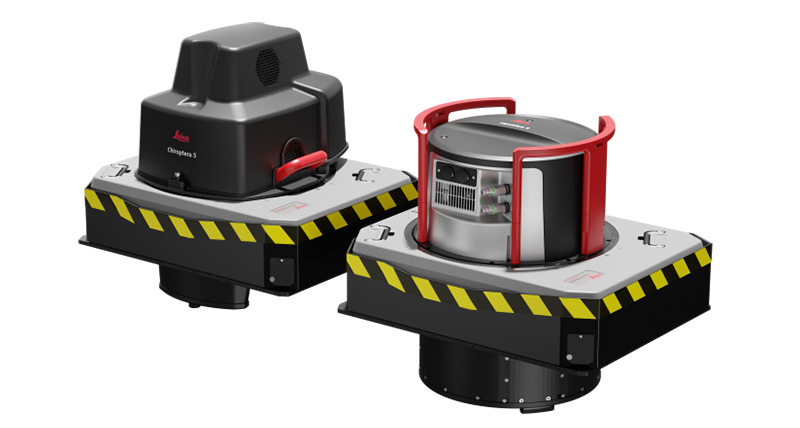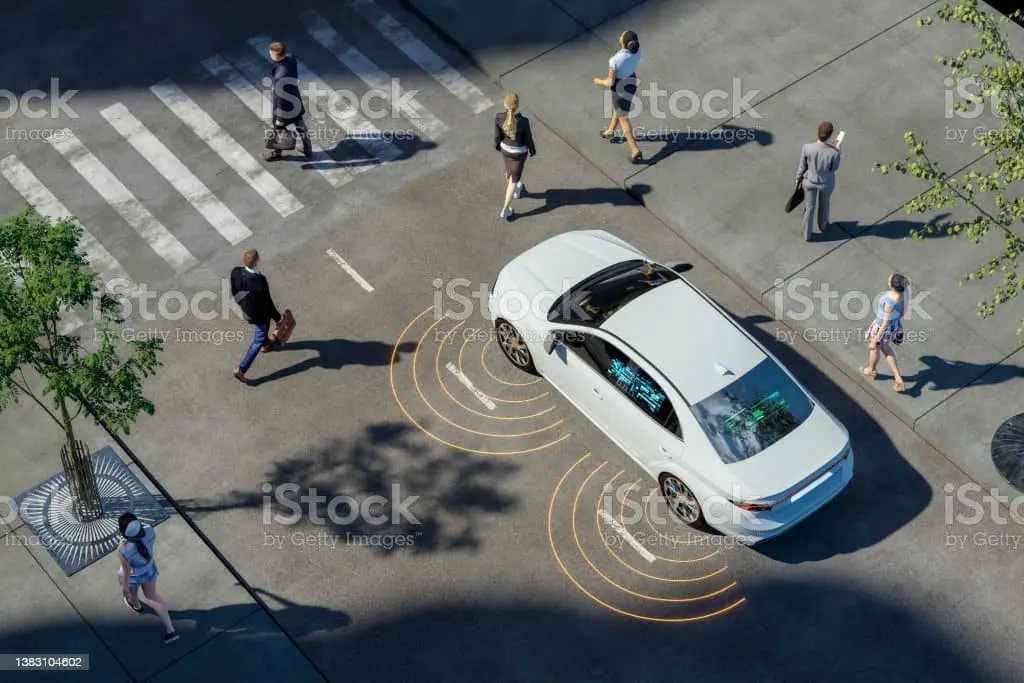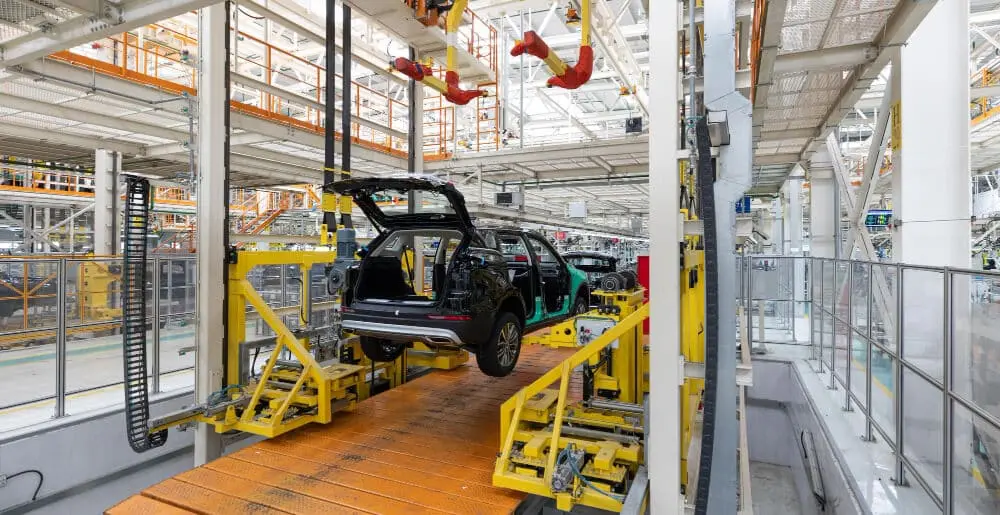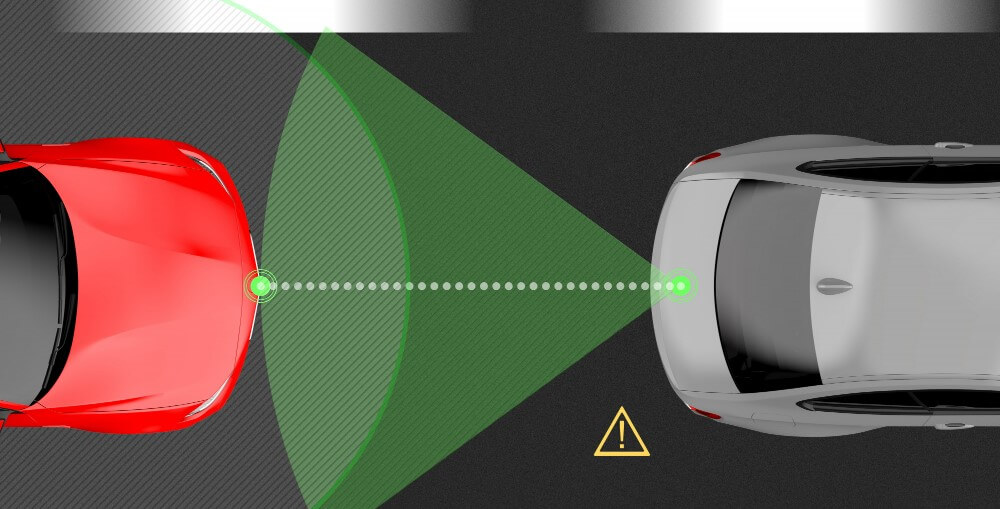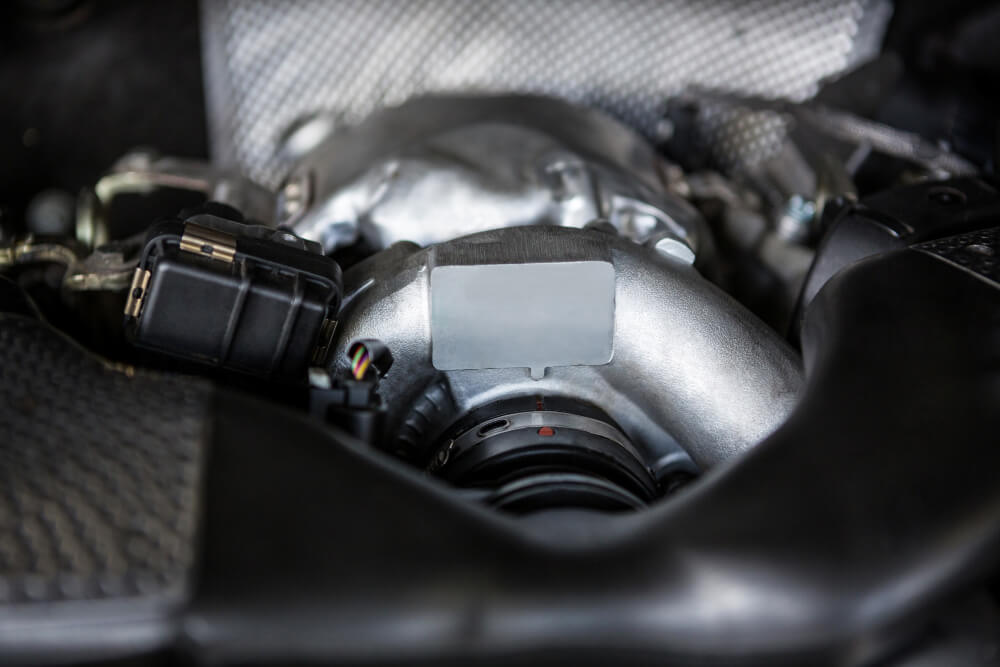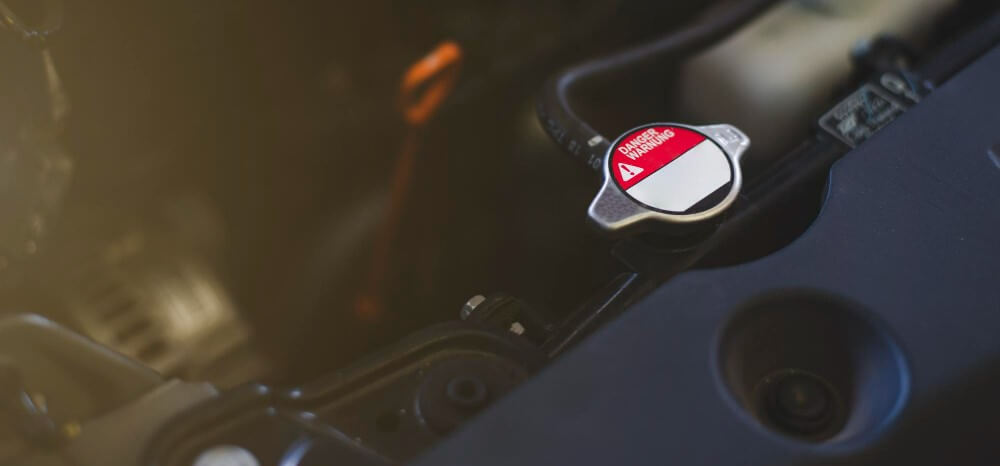As drivers, we know the dangers of reversing a car, whether in a crowded parking lot or a narrow driveway. It is easy to miss obstacles or pedestrians, leading to accidents that can be costly and sometimes deadly. Fortunately, car reverse sensors are available to help drivers avoid these accidents.

This article will discuss everything you need to know about car reverse sensors, including what they are, how they work, their benefits, and how to choose the right one for your vehicle.
What is a Car Reverse Sensor?
A car reverse sensor, or a backup or parking sensor, is an electronic device that detects obstacles behind a vehicle. The sensor emits a signal that bounces off objects and returns to the sensor. The sensor then calculates the distance between the object and the car and alerts the driver with an audible beep, a visual signal, or both.
How Does a Car Reverse Sensor Work?
It uses different technologies to detect obstacles behind a vehicle. The most common types are electromagnetic sensors, ultrasonic sensors, and camera-based sensors.
Electromagnetic Sensors
Electromagnetic sensors use magnetic fields to detect objects. They are installed in the rear bumper and emit an electromagnetic field. When an object enters the field, it disrupts the field, and the sensor sends a signal to the control unit, which activates an audible or visual warning to the driver.
Ultrasonic Sensors
Ultrasonic sensors use sound waves to detect objects. They are installed in the rear bumper and emit high-frequency sound waves. When the sound waves hit an object, they bounce back to the sensor, calculating the distance between the object and the car. The sensor then sends a signal to the control unit, which activates an audible or visual warning to the driver.
Camera-Based Sensors
Camera-based sensors use cameras and sensors to display the area behind the car visually. They are installed in the rear bumper or on the back of the car and provide a live video feed to a screen on the dashboard or rearview mirror. Some camera-based sensors also provide audible warnings.
Types of Car Reverse Sensors
They are available in different types, including electromagnetic sensors, ultrasonic sensors, and camera-based sensors.
Electromagnetic Sensors
Electromagnetic sensors are the most basic type of car reverse sensor. They are affordable and easy to install, making them a popular choice for many drivers. However, they are less accurate than other sensors and can be affected by metal objects like poles or fences.
Ultrasonic Sensors
Ultrasonic sensors are the most common type of car reverse sensor. They are accurate and can detect objects up to several feet away. They are also affordable and easy to install. However, they can be affected by weather conditions, such as rain or snow, and are less effective at detecting small objects.
Camera-Based Sensors
Camera-based sensors are the most advanced type of car reverse sensor. They visually display the area behind the car, making it easier for drivers to see obstacles. They are also more accurate than electromagnetic or ultrasonic sensors but are also the most expensive and difficult to install.
Benefits of Car Reverse Sensors
Car reverse sensors offer several benefits to drivers. The most significant benefit is safety. By alerting drivers to obstacles behind their cars, reverse sensors can help prevent accidents and protect pedestrians. Reverse sensors can also help drivers park in tight spaces, reducing the risk of damaging their vehicles or other cars.
In addition to safety, reverse sensors can also increase the resale value of a car. Many buyers look for cars with reverse sensors, especially if they have young children or frequently drive in crowded areas.
Choosing the Right Car Reverse Sensor
When choosing a car reverse sensor, there are several factors to consider. The type of sensor, the range, the accuracy, and the cost are all critical considerations. Choosing a sensor that is compatible with your vehicle and easy to install is also essential.
Installation of Car Reverse Sensors
Installing reverse car sensors can be done by a professional or by a DIY enthusiast. The installation process depends on the type of sensor but generally involves drilling holes in the rear bumper and running wires to the control unit.
Maintenance of Car Reverse Sensors
Car reverse sensors require little maintenance, but keeping them clean and debris-free is essential. The sensors should be wiped clean with a soft cloth and mild detergent to remove dirt and grime.
Troubleshooting Car Reverse Sensors
Several troubleshooting steps can be taken if a car reverse sensor is malfunctioning. First, check the wiring to ensure it is appropriately connected. If the wiring is OK, the sensor may need to be replaced.
Common Mistakes to Avoid with Car Reverse Sensors
One common mistake is relying solely on reverse sensors and not checking the area behind the car visually. Drivers should always check their surroundings before reversing, even if reverse sensors are installed.
Another mistake is assuming that reverse sensors are foolproof. While effectively detecting obstacles, they are flexible and can still miss small objects.
Conclusion
Car reverse sensors are a valuable safety feature that can help drivers avoid accidents and park in tight spaces. There are several types of sensors, including electromagnetic, ultrasonic, and camera-based. When choosing a sensor, it is essential to consider the range, accuracy, and compatibility with your vehicle. With proper installation and maintenance, reverse car sensors can provide years of reliable service.
Frequently Asked Questions
How accurate are car reversing sensors?
Car reverse sensors are generally accurate within a few inches. However, the accuracy can vary depending on the type of sensor and the distance between the car and the obstacle.
Can car reverse sensors be installed on any vehicle?
Car reverse sensors can be installed on most vehicles, but choosing a sensor compatible with your vehicle and easy to install is essential.
Can car reverse sensors detect small objects like rocks or branches?
Ultrasonic and camera-based sensors are more effective at detecting small objects than electromagnetic sensors.
How long does it take to install a car reverse sensor?
The installation time depends on the sensor type and the installation’s complexity. Some sensors can be installed in less than an hour, while others may take several hours or more.
Do car reverse sensors work in all weather conditions?
Ultrasonic sensors can be affected by rain or snow, while electromagnetic sensors can be affected by metal objects. Camera-based sensors are generally not affected by weather conditions.

